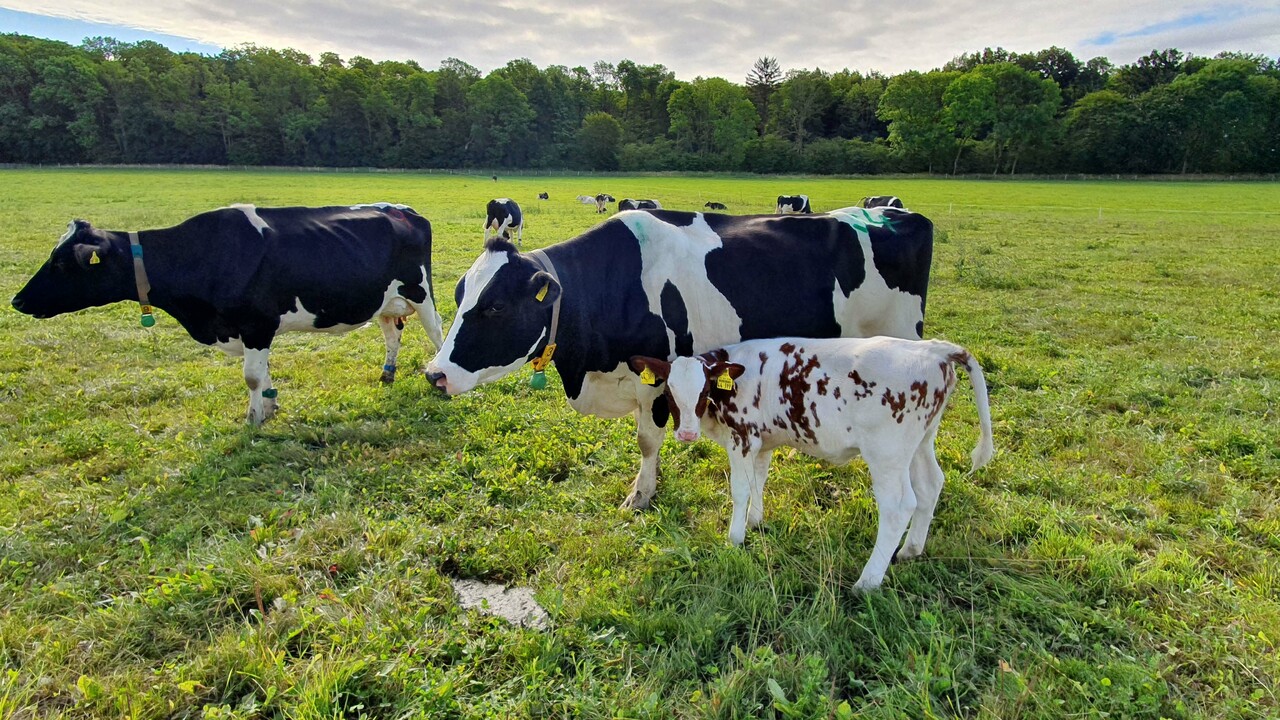
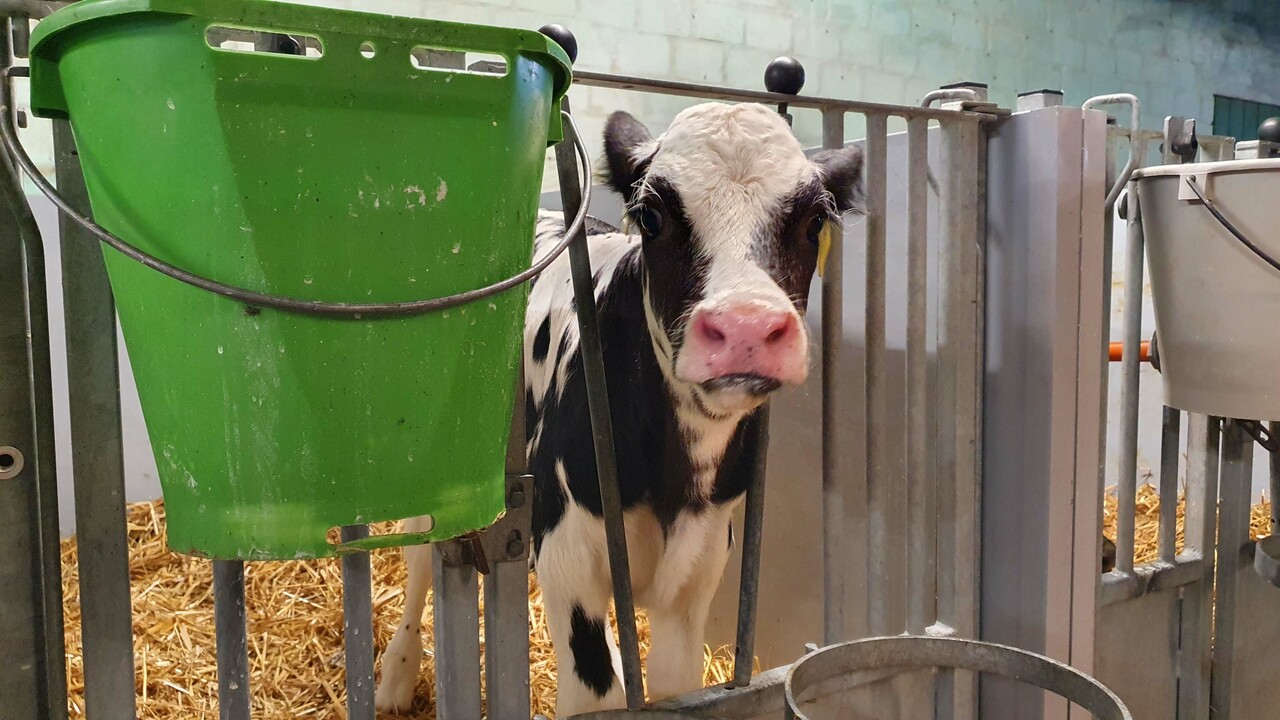
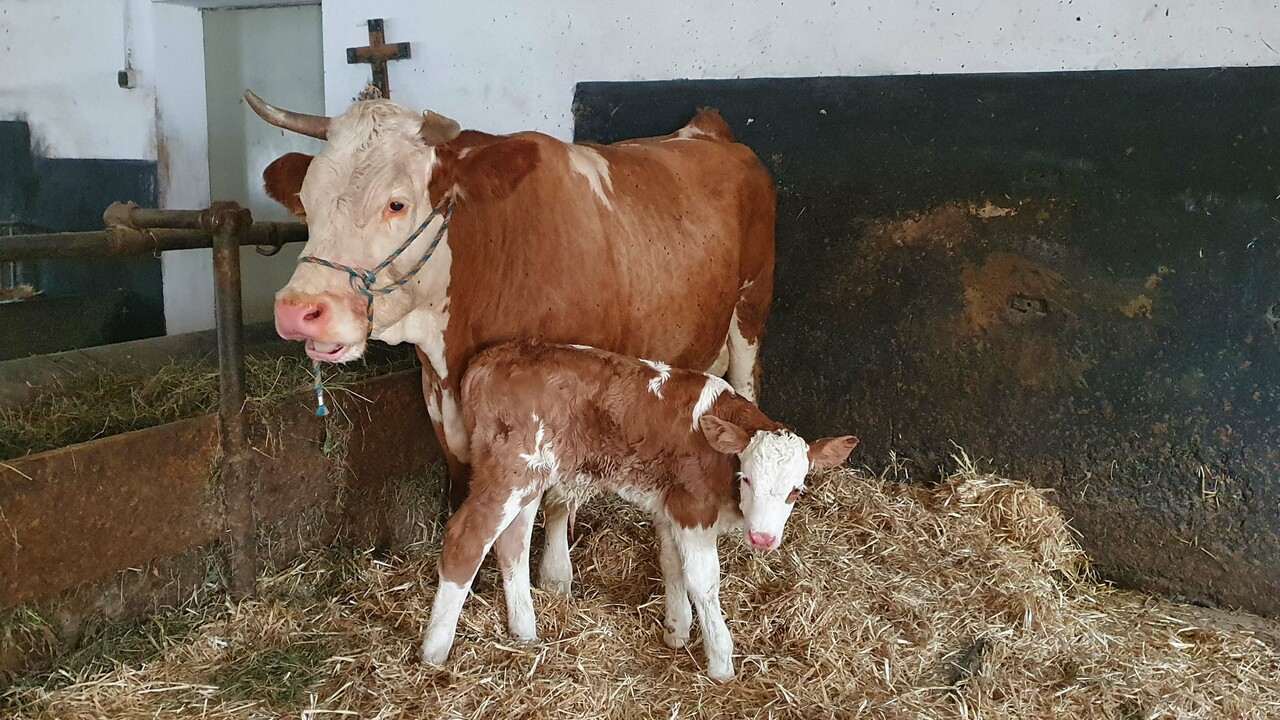
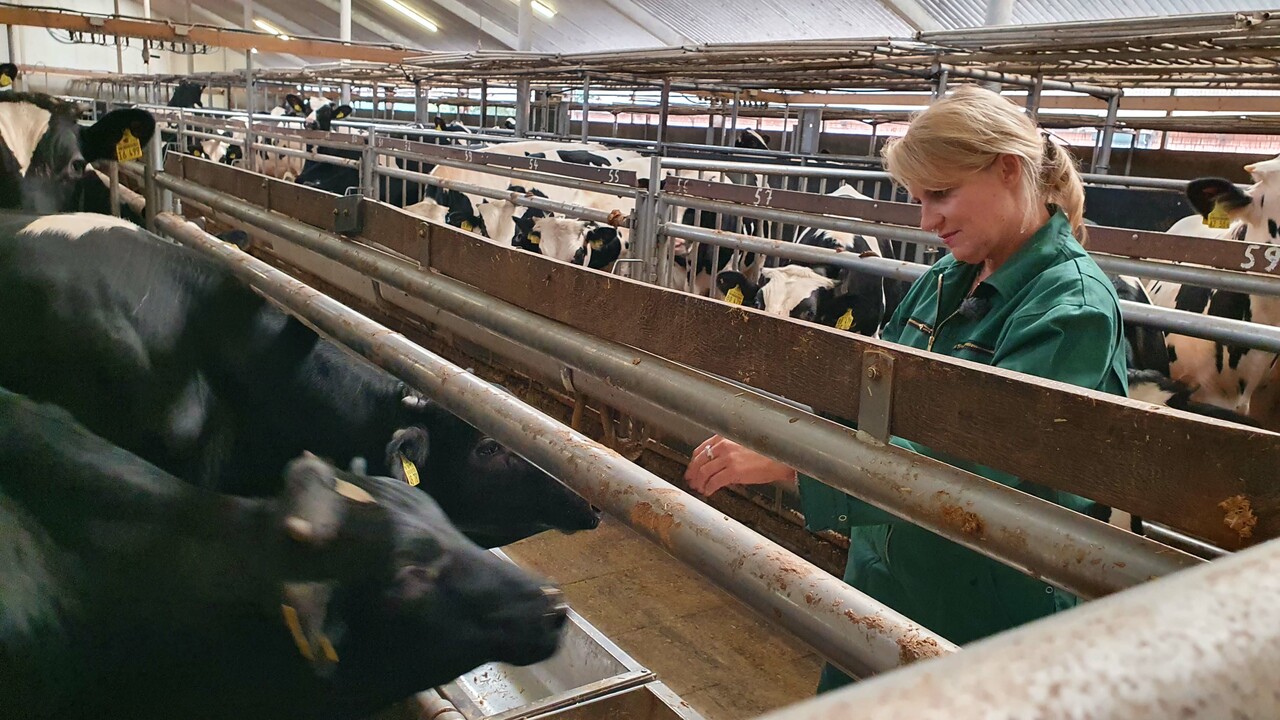
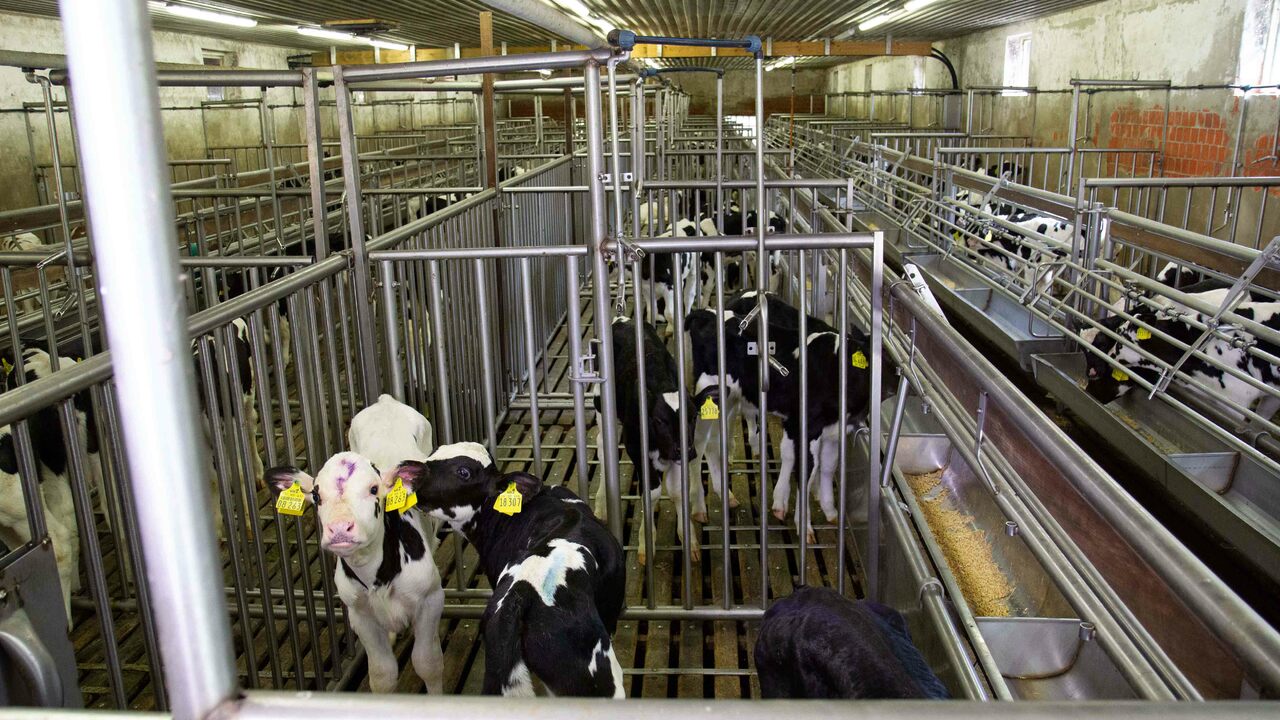
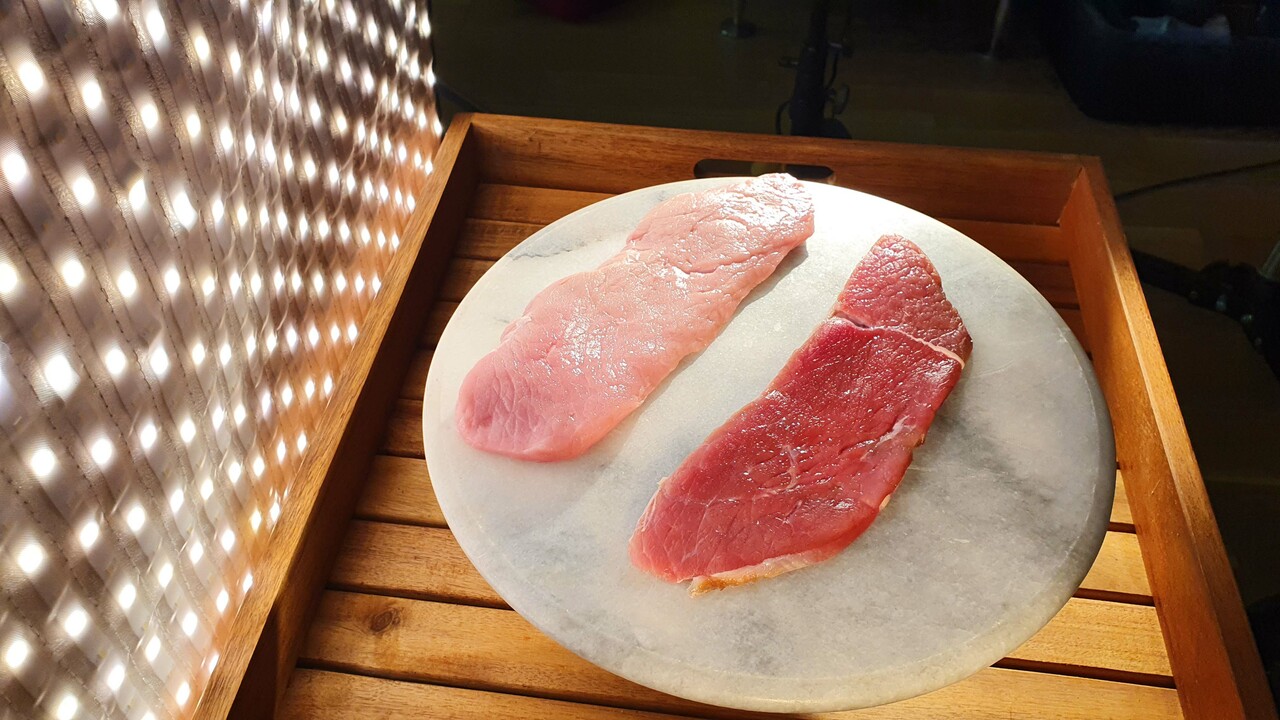
ZDFzoom, 2020, 30 minutes
Germany's agriculture is conditioned for high performance. Around four million cows produce more than 33 million tonnes of milk a year in this country. The bulls are sorted out, the veal sold at a high price - for example as Wiener Schnitzel.
But Germany's calves are often poorly treated. Milk is cheap. But it is too expensive for rearing calves. That is why the animals are separated from their mothers and raised for most of their lives on a mixture of milk protein and palm oil called milk replacer. They live in tiny individual compartments of the barn and are fed from buckets, with rubber teats.
The birth of male calves is "disruptive" for many farmers: fattening and rearing are expensive and not efficient. Prices are correspondingly low: A bull calf brings just 50 euros. Even a single visit to the vet costs more. The time until resale also costs the farmers 120 to 200 euros. The small bulls are a loss-making business. Unless they are slaughtered early and their meat is processed into cutlets.
ZDFzoom takes a sobering look behind the scenes of the German dairy industry and shows the life of the "disposable calves" and why their meat is sold so expensively in supermarkets and restaurants.